Points of interest
Points of interest
Let the journey begin!
Number of results: 659


Palazzo Marchesale Castriota-Scanderberg
Puglia
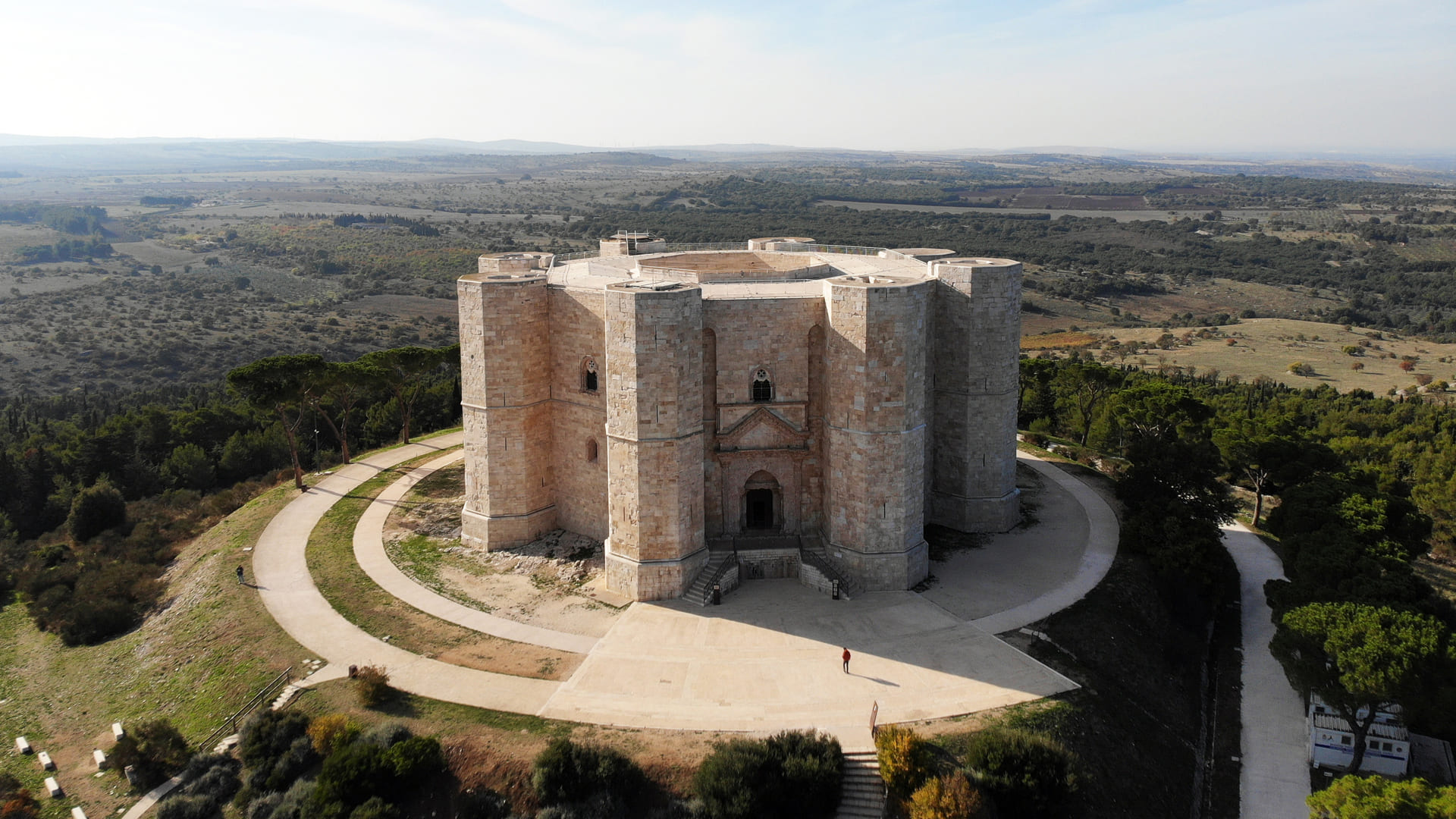

Castel del Monte
Puglia


Chiesa di Santa Maria degli Angeli
Puglia


Riserva Naturale Salina dei Monaci
Puglia


Centro Storico di Locorotondo
Puglia


Lama Monachile
Puglia
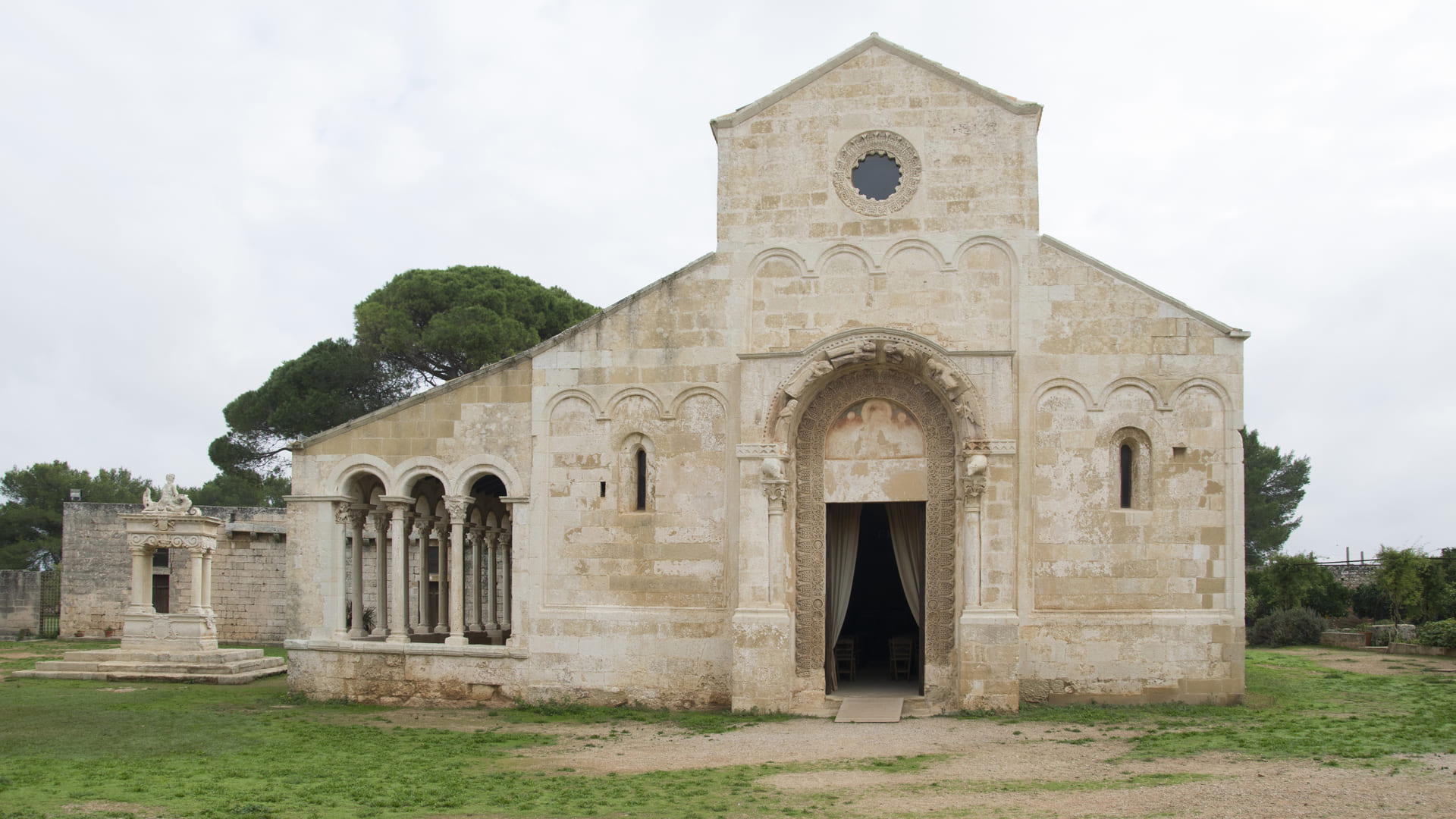

Museo Provinciale delle Tradizioni Popolari "Abbazia di Cerrate"
Puglia


Cattedrale di San Cataldo
Puglia


Basilica di Santa Caterina d'Alessandria
Puglia

Rione Aia Piccola
Puglia
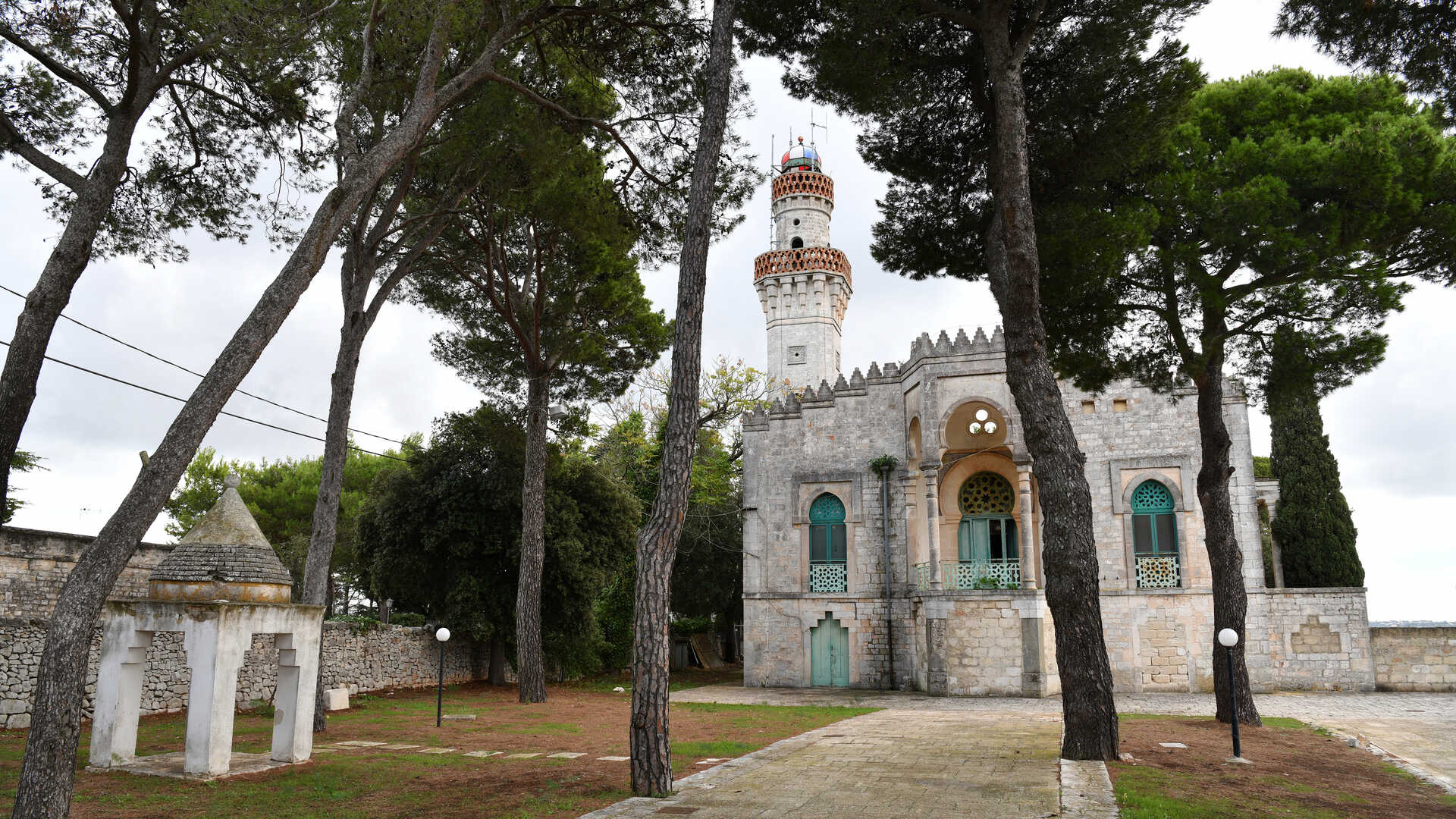

Villa Minareto
Puglia


Monastery Zdrebaonik
Montenegro
81410 Danilovgrad


Homeland Museum in Danilovgrad
Montenegro
81410 Danilovgrad
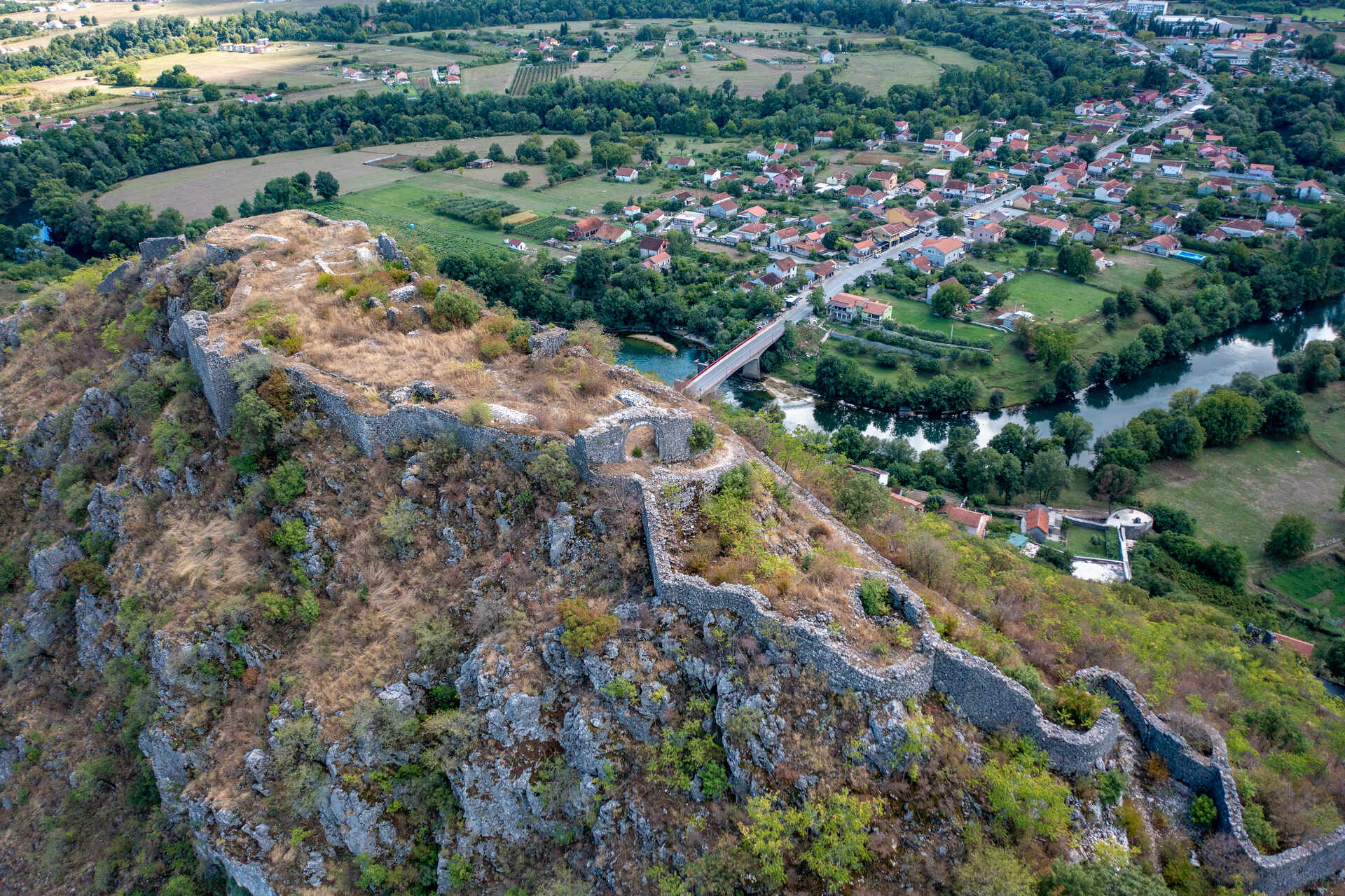

City of Spuz with ramparts
Montenegro
81412 Spuz, Danilovgrad


Temple of the Resurrection of Christ
Montenegro
81000 Podgorica


Ostrog Monastery
Montenegro
81410 Danilovgrad


Fishing village Dodosi
Montenegro
81 250 Rijeka Crnojevica, Cetinje

Palace complex Krusevac
Montenegro
81000 Podgorica


Fishing village Karuc
Montenegro
81 250 Rijeka Crnojevica, Cetinje
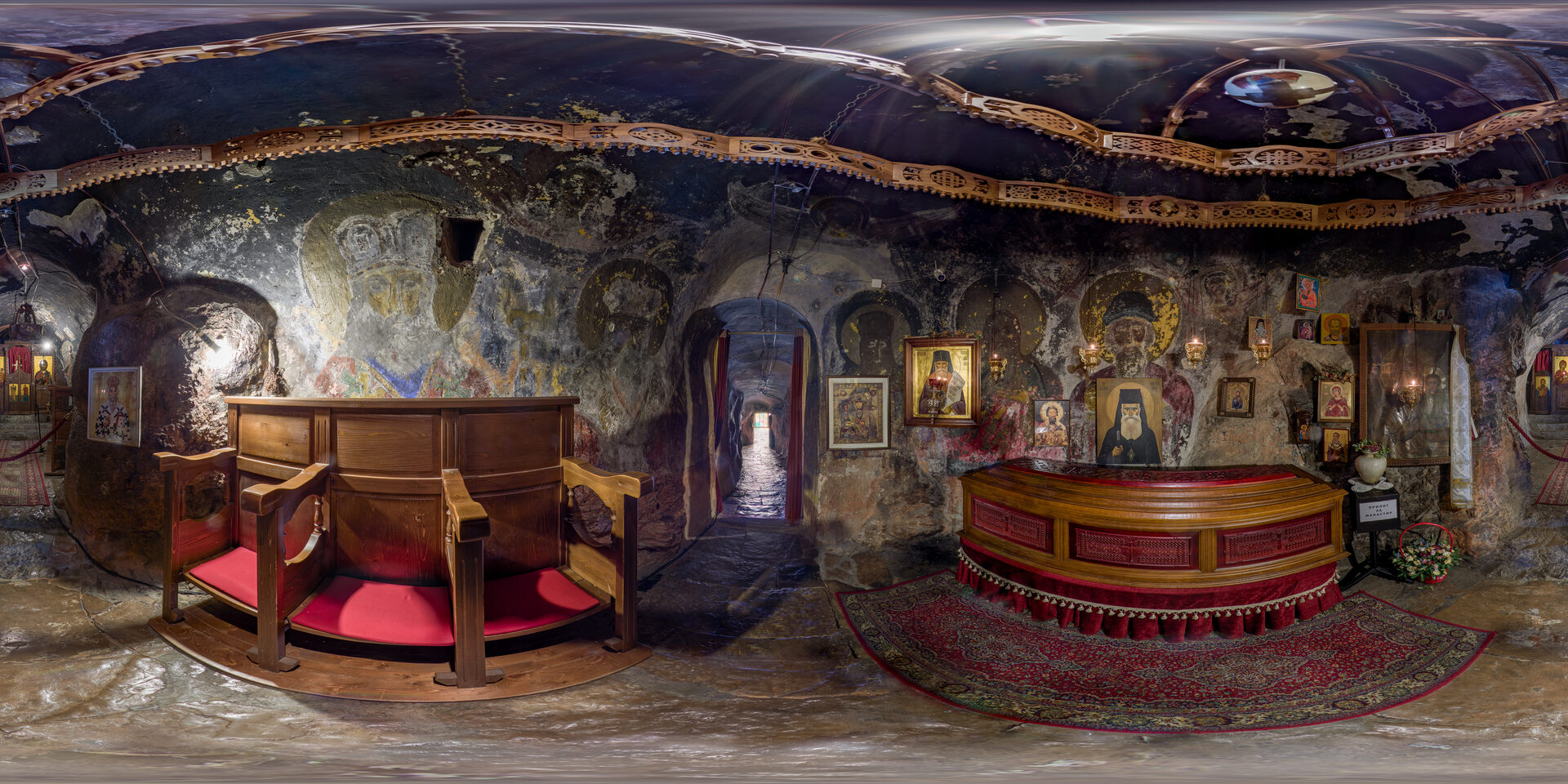

Dajbabe Monastery
Montenegro
81000 Podgorica
